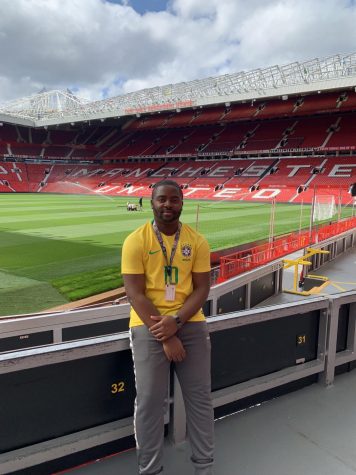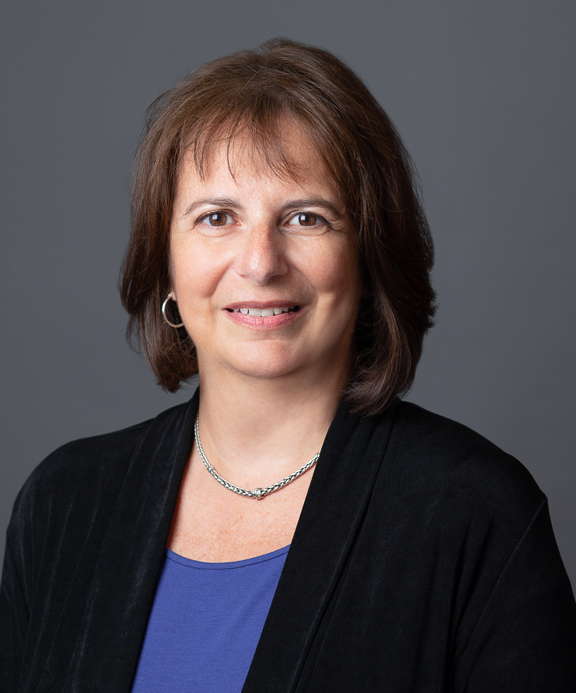Mercy Dean Continues to Guide Vital Stroke Rehabilitation Research
Mercy College School of Health and Natural Sciences Dean Joan Toglia, Ph.D, continues to lead research and new projects that are connected to stroke patients to help with their recovery process.
Toglia has been published in two journals: Archives of Physical Medicine and Rehabilitation and Frontiers in Neurology. Toglia and her colleagues presented at the Weill Cornell Medicine’s Physical Medicine and Rehabilitation Program.
A stroke is when the blood supply to the brain is interrupted suddenly. A lot of different issues can cause a stroke. Another way a stroke can occur is because of a blood clot that cuts off the oxygen supply to an artery. There can be a wide variety of symptoms depending on the location in the brain where the stroke was involved.
But Toglia’s research is in the attempt to answer specific trends within patients, such as the puzzling dilemma that’s seeing more young people have strokes compared to their older counterparts.
“Stroke have been increasing in younger people,” said Toglia. “Some studies have linked drug abuse, namely chronic marijuana use over a long period, as a reason strokes may increase in younger people. We hypothesize all of this. There are other risk factors such as diabetes and other underlying factors. This is not completely understood and so it is unusual, but strokes are increasing in younger people and decreasing in older people.”
Toglia and her colleagues are looking at on admission to a rehabilitation unit, where are the patients at in terms of function. They are trying to identify what are the factors that predict the outcome at the end of rehabilitation. Part of their research was looking at different measures.
“We had a way of trying to rate the stroke severity, we looked at several factors like the person’s level of function and age that might help us identify who is more likely to have a better outcome and whose more likely to have a lesser outcome, so they may need more treatments in certain areas.
They conducted their study through the use of a database. When patients came into the rehabilitation unit at New York-Presbyterian, they had to give consent to be included to be part of the study. Toglia and her colleagues had a database that had about 273 patients.
“We followed them and called them for six months and then even 12 months after their stroke,” Toglia said. “While they were in an inpatient, we did a functional assessment. We looked at how they moved their arms and legs, how they could get dressed, how they could pay their bills. We looked at all different functional activities and how much they could do in everyday activities, like how they were walking, what their balance was like, how they could get up from a chair and how they could pick up things. Also, questions like could they use a telephone and all of those elements were done and rated on assessment.”
A rating scale was used to show whether the patients could do these activities.
Most people still live with some effects that the stroke caused. Some people still struggle to do certain everyday activities; younger stroke patients perceived greater levels of disability than older stroke patients. The younger stroke patients had equivalent functional outcomes.
“We think on discharge they really had equal levels of function, but we believed that younger people had a higher expectation for themselves,” Toglia said. “Also, they had higher expectations for the activities they engaged in. Even though they could still do the same things as older people, it wasn’t enough for them. They could do all the basic activities of daily living, but their lives were much more complex.”
Generally, six months after a stroke, rehabilitation has ended for some stroke patients. Toglia and her colleagues believe that six months after a stroke some patients may need to refer back to rehabilitation. After six months patients still have needs, but their needs are different in rehabilitation.
“Patients need to be followed to help them function optimally at that point,” Toglia said.
In rehabilitation, patients go through different rehab to ensure that they get back close to full strength. Some of these methods address physical, cognitive or language problems. In occupational therapy, patients may go through exercises to help them learn how to do things that they may normally do prior to the stroke.
Toglia is happy to help other people improve their lives through the research she and her colleagues are doing.
“It is extremely rewarding to work with people with neurological problems, and to able to do things that will help them function and improve their quality of life.”

Chevaughn Hurst is a senior majoring in media studies with a concentration in journalism. He grew up in Jamaica and migrated to the United States at the...








